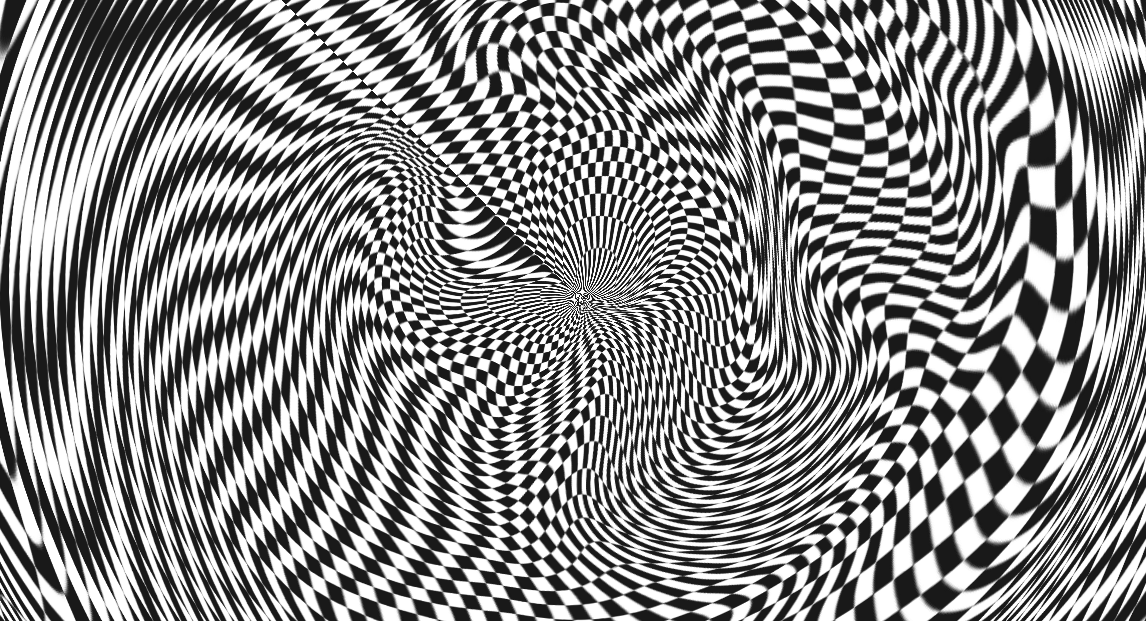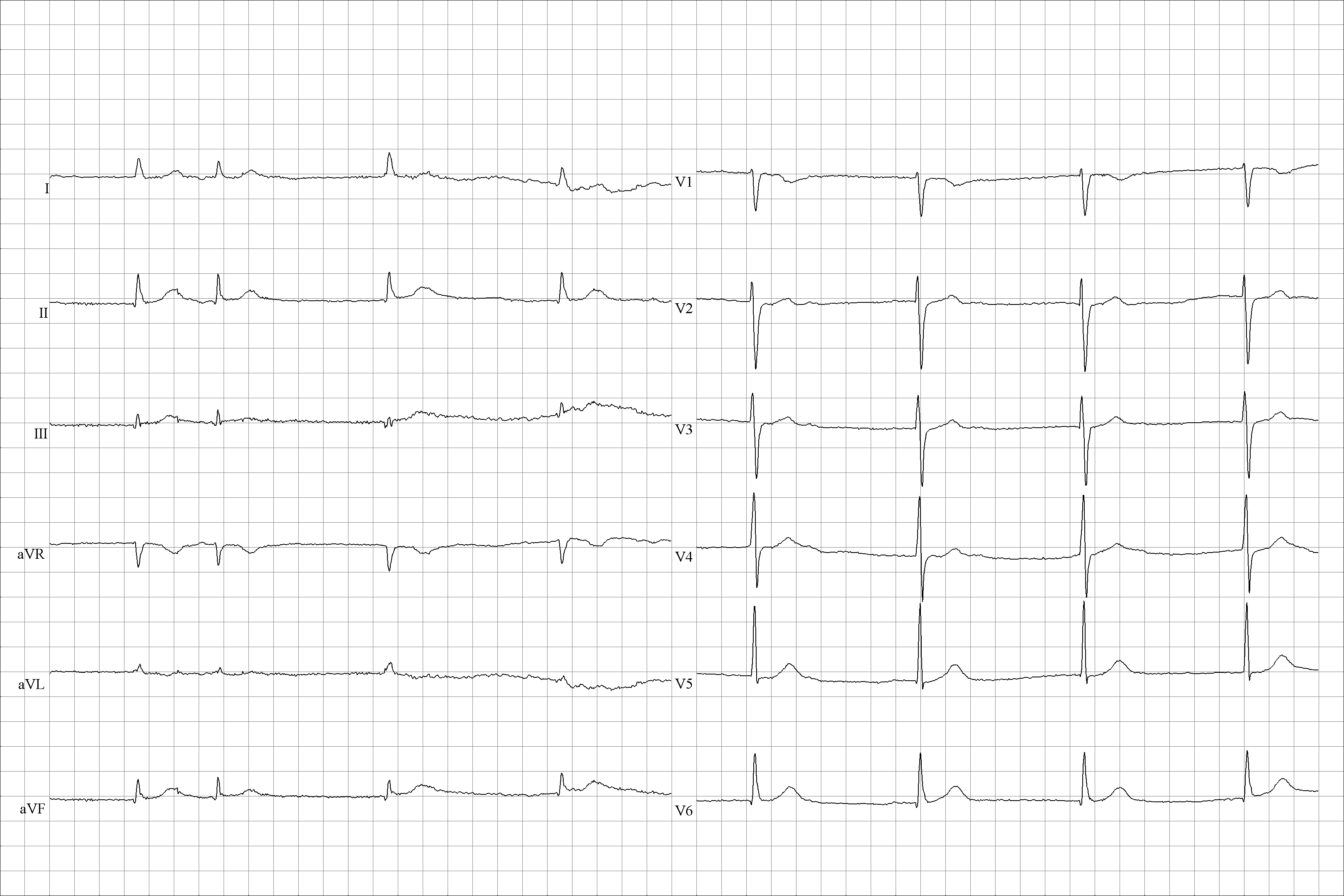|
Ivabradine
Ivabradine, sold under the brand name Procoralan among others, is a medication, which is a funny current (I''f'') inhibitor, used for the symptomatic management of heart-related chest pain and heart failure. Patients who qualify for use of Ivabradine for coronary heart failure are patients who have symptomatic heart failure, with reduced ejection volume, and heart rate at least 70 bpm, and the condition not able to be fully managed by beta blockers. Ivabradine acts by allowing negative chronotropy in the sinoatrial structure thus reducing the heart rate via specific inhibition of the pacemaker current, a mechanism different from that of beta blockers and calcium channel blockers, two commonly prescribed antianginal classes of cardiac pharmaceuticals. Ivabradine has no apparent inotropic properties and may be a cardiotonic agent. Medical uses It is used for the symptomatic treatment of chronic stable angina pectoris in patients with normal sinus rhythm who cannot take beta blocke ... [...More Info...] [...Related Items...] OR: [Wikipedia] [Google] [Baidu] |
Postural Orthostatic Tachycardia Syndrome
Postural orthostatic tachycardia syndrome (POTS) is a condition characterized by an abnormally large increase in heart rate upon standing. Symptoms may include lightheadedness, brain fog, blurred vision, weakness, fatigue, headaches, heart palpitations, exercise intolerance, nausea, diminished concentration, tremulousness (shaking), syncope (fainting), coldness or pain in the extremities, chest pain and shortness of breath. Other conditions associated with POTS include Ehlers–Danlos syndrome, mast cell activation syndrome, irritable bowel syndrome, insomnia, chronic headaches, chronic fatigue syndrome, and fibromyalgia. POTS symptoms may be treated with lifestyle changes such as increasing fluid and salt intake, wearing compression stockings, gentler and slow postural changes, avoiding prolonged bedrest, medication and physical therapy. The causes of POTS are varied. POTS may develop after a viral infection, surgery, trauma or pregnancy. It has been shown to emerge in ... [...More Info...] [...Related Items...] OR: [Wikipedia] [Google] [Baidu] |
Funny Current
The pacemaker current (or I''f'', or IK''f'', also referred to as the funny current) is an electric current in the heart that flows through the HCN channel or pacemaker channel. Such channels are important parts of the electrical conduction system of the heart and form a component of the natural pacemaker. First described in the late 1970s in Purkinje fibers and sinoatrial myocytes, the cardiac pacemaker "funny" (If) current has been extensively characterized and its role in cardiac pacemaking has been investigated. Among the unusual features which justified the name "funny" are mixed Na+ and K+ permeability, activation on hyperpolarization, and very slow kinetics. Function The funny current is highly expressed in spontaneously active cardiac regions, such as the sinoatrial node (SAN, the natural pacemaker region), the atrioventricular node (AVN) and the Purkinje fibres of conduction tissue. The funny current is a mixed sodium–potassium current that activates upon hyperpolari ... [...More Info...] [...Related Items...] OR: [Wikipedia] [Google] [Baidu] |
Pacemaker Current
The pacemaker current (or I''f'', or IK''f'', also referred to as the funny current) is an electric current in the heart that flows through the HCN channel or pacemaker channel. Such channels are important parts of the electrical conduction system of the heart and form a component of the natural pacemaker. First described in the late 1970s in Purkinje fibers and sinoatrial myocytes, the cardiac pacemaker "funny" (If) current has been extensively characterized and its role in cardiac pacemaking has been investigated. Among the unusual features which justified the name "funny" are mixed Na+ and K+ permeability, activation on hyperpolarization, and very slow kinetics. Function The funny current is highly expressed in spontaneously active cardiac regions, such as the sinoatrial node (SAN, the natural pacemaker region), the atrioventricular node (AVN) and the Purkinje fibres of conduction tissue. The funny current is a mixed sodium–potassium current that activates upon hyperpolar ... [...More Info...] [...Related Items...] OR: [Wikipedia] [Google] [Baidu] |
Angina
Angina, also known as angina pectoris, is chest pain or pressure, usually caused by ischemia, insufficient blood flow to the Cardiac muscle, heart muscle (myocardium). It is most commonly a symptom of coronary artery disease. Angina is typically the result of vascular occlusion, obstruction or vasospasm, spasm of the coronary arteries, arteries that supply blood to the heart muscle. The main mechanism of coronary artery obstruction is atherosclerosis as part of coronary artery disease. Other causes of angina include cardiac arrhythmia, abnormal heart rhythms, heart failure and, less commonly, anemia. The term derives from the Latin ''angere'' ("to strangle") and ''pectus'' ("chest"), and can therefore be translated as "a strangling feeling in the chest". There is a weak relationship between severity of angina and degree of oxygen deprivation in the heart muscle, however, the severity of angina does not always match the degree of oxygen deprivation to the heart or the risk of a ... [...More Info...] [...Related Items...] OR: [Wikipedia] [Google] [Baidu] |
Angina Pectoris
Angina, also known as angina pectoris, is chest pain or pressure, usually caused by insufficient blood flow to the heart muscle (myocardium). It is most commonly a symptom of coronary artery disease. Angina is typically the result of obstruction or spasm of the arteries that supply blood to the heart muscle. The main mechanism of coronary artery obstruction is atherosclerosis as part of coronary artery disease. Other causes of angina include abnormal heart rhythms, heart failure and, less commonly, anemia. The term derives from the Latin ''angere'' ("to strangle") and ''pectus'' ("chest"), and can therefore be translated as "a strangling feeling in the chest". There is a weak relationship between severity of angina and degree of oxygen deprivation in the heart muscle, however, the severity of angina does not always match the degree of oxygen deprivation to the heart or the risk of a myocardial infarction (heart attack). Some people may experience severe pain even though the ... [...More Info...] [...Related Items...] OR: [Wikipedia] [Google] [Baidu] |
Heart Failure
Heart failure (HF), also known as congestive heart failure (CHF), is a syndrome, a group of signs and symptoms caused by an impairment of the heart's blood pumping function. Symptoms typically include shortness of breath, excessive fatigue, and leg swelling. The shortness of breath may occur with exertion or while lying down, and may wake people up during the night. Chest pain, including angina, is not usually caused by heart failure, but may occur if the heart failure was caused by a heart attack. The severity of the heart failure is measured by the severity of symptoms during exercise. Other conditions that may have symptoms similar to heart failure include obesity, kidney failure, liver disease, anemia, and thyroid disease. Common causes of heart failure include coronary artery disease, heart attack, high blood pressure, atrial fibrillation, valvular heart disease, excessive alcohol consumption, infection, and cardiomyopathy. These cause heart failure by altering ... [...More Info...] [...Related Items...] OR: [Wikipedia] [Google] [Baidu] |
Inappropriate Sinus Tachycardia
Inappropriate sinus tachycardia (IST) is a rare type of cardiac arrhythmia within the category of supraventricular tachycardia (SVT). IST may be caused by the sinus node itself having an abnormal structure or function, or it may be part of a problem called dysautonomia, a disturbance and/or failure of the autonomic nervous system. Research into the mechanism and etiology (cause) of inappropriate sinus tachycardia is ongoing. IST is viewed by most to be a benign condition in the long-term. Symptoms of IST, however, may be distracting and warrant treatment. The heart is a strong muscle and typically can sustain the higher-than-normal heart rhythm, though monitoring the condition is generally recommended. The mechanism and primary etiology of inappropriate sinus tachycardia has not been fully elucidated. An autoimmune mechanism has been suggested, as several studies have detected autoantibodies that activate beta adrenoreceptors in some patients. The mechanism of the arrhythmia primar ... [...More Info...] [...Related Items...] OR: [Wikipedia] [Google] [Baidu] |
Phosphene
A phosphene is the phenomenon of seeing light without light entering the eye. The word ''phosphene'' comes from the Greek words ''phos'' (light) and ''phainein'' (to show). Phosphenes that are induced by movement or sound may be associated with optic neuritis. Phosphenes can be induced by mechanical, electrical, or magnetic stimulation of the retina or visual cortex, or by random firing of cells in the visual system. Phosphenes have also been reported by meditators (called '' nimitta''), people who endure long periods without visual stimulation (the prisoner's cinema), or those who ingest psychedelic drugs. Causes Mechanical stimulation The most common phosphenes are pressure phosphenes, caused by rubbing or applying pressure on or near the closed eyes. They have been known since antiquity, and described by the Greeks. The pressure mechanically stimulates the cells of the retina. Experiences include a darkening of the visual field that moves against the rubbing, a diffus ... [...More Info...] [...Related Items...] OR: [Wikipedia] [Google] [Baidu] |
Ketoconazole
Ketoconazole, sold under the brand name Nizoral among others, is an antiandrogen and antifungal medication used to treat a number of fungal infections. Applied to the skin it is used for fungal skin infections such as tinea, cutaneous candidiasis, pityriasis versicolor, dandruff, and seborrheic dermatitis. Taken by mouth it is a less preferred option and only recommended for severe infections when other agents cannot be used. Other uses include treatment of excessive male-patterned hair growth in women and Cushing's syndrome. Common side effects when applied to the skin include redness. Common side effects when taken by mouth include nausea, headache, and liver problems. Liver problems may result in death or the need for a liver transplantation. Other severe side effects when taken by mouth include QT prolongation, adrenocortical insufficiency, and anaphylaxis. It is an imidazole and works by hindering the production of ergosterol required for the fungal cell membrane, the ... [...More Info...] [...Related Items...] OR: [Wikipedia] [Google] [Baidu] |
Sick Sinus Syndrome
Sinus node dysfunction (SND), also known as sick sinus syndrome (SSS), is a group of abnormal heart rhythms (arrhythmias) usually caused by a malfunction of the sinus node, the heart's primary pacemaker. Tachycardia-bradycardia syndrome is a variant of sick sinus syndrome in which the arrhythmia alternates between fast and slow heart rates. Signs and symptoms Often sinus node dysfunction produces no symptoms, especially early in the disease course. Signs and symptoms usually appear in more advanced disease and more than 50% of patients will present with syncope or transient near-fainting spells as well as bradycardias that are accompanied by rapid heart rhythms, referred to as tachycardia-bradycardia syndrome Other presenting signs or symptoms can include confusion, fatigue, palpitations, chest pain, shortness of breath, headache, and nausea. Patients can also present with symptoms of congestive heart failure, stroke or transient ischemic attacks due to the abnormal rhythm. Compli ... [...More Info...] [...Related Items...] OR: [Wikipedia] [Google] [Baidu] |
Antifungal Drug
An antifungal medication, also known as an antimycotic medication, is a pharmaceutical fungicide or fungistatic used to treat and prevent mycosis such as athlete's foot, ringworm, candidiasis (thrush), serious systemic infections such as cryptococcal meningitis, and others. Such drugs are usually yes obtained by a doctor's prescription, but a few are available over the counter (OTC). Types of antifungal There are two types of antifungals: local and systemic. Local antifungals are usually administered topically or vaginally, depending on the condition being treated. Systemic antifungals are administered orally or intravenously. Of the clinically employed azole antifungals, only a handful are used systemically. These include ketoconazole, itraconazole, fluconazole, fosfluconazole, voriconazole, posaconazole, and isavuconazole. Examples of non-azole systemic antifungals include griseofulvin and terbinafine. Classes Polyenes A polyene is a molecule with multiple conjugated ... [...More Info...] [...Related Items...] OR: [Wikipedia] [Google] [Baidu] |





